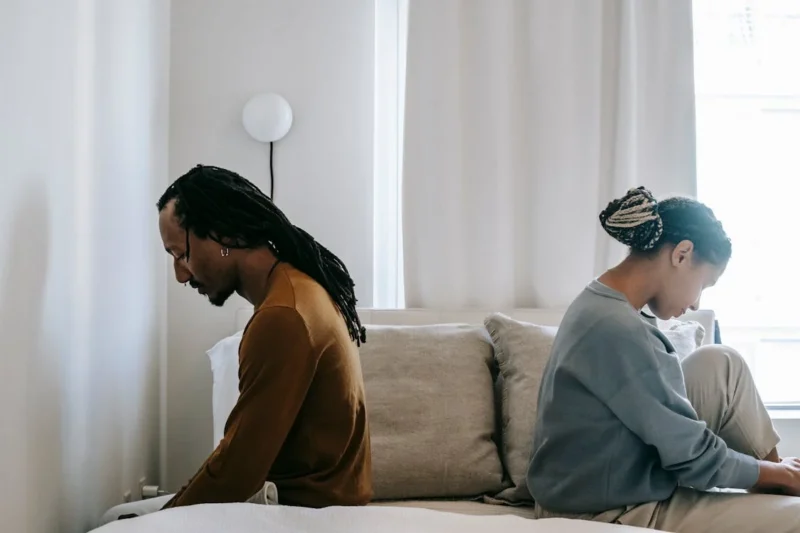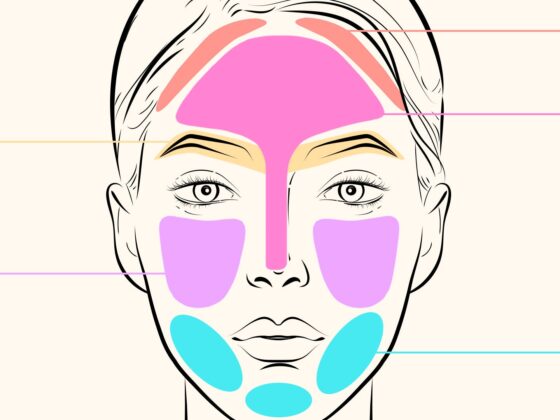Divorce is never simple. No matter who initiates it, the process pulls apart a life that once operated as one. Emotions run high, financial stress creeps in, and legal complexities begin to dominate daily thoughts. But the question that quietly lingers under all of it is sharp: who suffers more legally — men or women?
The answer isn’t black and white. It shifts based on location, legal structure, custody battles, income, and the power dynamics within the marriage. But what doesn’t shift is the pressure. Both men and women face distinct legal hurdles during divorce, and the consequences often leave lasting scars.
Key Highlights
- Men often face higher financial burdens due to spousal maintenance and asset division.
- Women frequently battle harder for custody and long-term financial stability.
- Courts still show signs of bias, but not always in expected ways.
- Legal representation and strategy often impact emotional and financial outcomes.
- Custody disputes remain the most emotionally and legally draining part of divorce.
- Timely legal support from experienced family solicitors can shift outcomes significantly.
How the Legal System Sees Men and Women Differently

The law, on paper, treats both parties equally. But courts don’t just interpret laws—they also interpret context, behavior, and perception.
Men often walk into divorce proceedings already expecting to lose more. They assume they will pay more, see their children less, and end up with less support post-divorce. Those expectations sometimes mirror reality.
Women, especially those who left the workforce or earned significantly less, fear they won’t have enough financial support to rebuild their lives. They carry the weight of proving their financial need and ability to parent, which can feel invasive and exhausting.
The legal challenges differ, but neither side walks out untouched.
The outcome of any divorce isn’t decided by gender alone. It’s often decided by who came to court with a better plan, a more prepared legal team, and a stronger support system.
That’s why securing legal help early is critical.
If you’re facing separation and feel overwhelmed by what lies ahead, experienced family solicitors like those at Kabir Family Law offer more than just technical advice. They provide clarity, strategy, and a personalized approach tailored to your emotional and financial situation.
You don’t have to handle it all. You only need the right person guiding you through it.
Financial Burdens: Who Pays More?

In most divorces, financial pain cuts both ways, but in different shapes.
Men typically face:
- Large spousal maintenance or alimony payments
- Responsibility for shared debts
- Asset division that reduces their post-divorce net worth
- Ongoing child support responsibilities
Women, on the other hand, often face:
- Sudden income instability
- Legal fights to prove financial dependence
- Challenges re-entering the workforce if they paused their careers
- Higher risk of poverty post-divorce, especially with children
The court uses formulas and legal guidelines to determine payments, but those don’t always reflect the emotional weight behind each bill.
The Child Custody Battleground

This is where the divorce process becomes truly brutal.
Courts often favor the parent who has historically taken care of the children day-to-day. That frequently leads to women gaining primary custody, especially if they spent more time at home. But gaining custody doesn’t come without struggle.
Women often have to:
- Prove that they offer more emotional and logistical stability
- Defend against accusations of alienation or control
- Secure support despite already low income
Men often have to:
- Fight stereotypes about parenting ability
- Prove their closeness to the child
- Demonstrate emotional involvement, not just financial contribution
Even in progressive courts, old assumptions about gender and parenting still exist.
Spousal Maintenance and Alimony Pressure
This is the part that hits men hardest financially. Judges look at income, length of the marriage, lifestyle during the marriage, and disparity in earning potential. If the woman earned less, the man is often expected to maintain her lifestyle for a period.
But it doesn’t end there.
Courts can:
- Extend maintenance payments depending on age and health
- Add rehabilitation clauses requiring men to fund retraining or education
- Attach penalties for missed payments, including jail time
It’s not just money—it’s the fear of long-term financial control long after emotional ties are cut.
The Emotional and Legal Toll on Women
Although women win primary custody more often, the fight leaves emotional bruises. The legal system can be cold. It demands documentation, financial clarity, and endless court appearances.
Many women face:
- Legal battles against manipulative tactics
- Threats to their emotional well-being during cross-examination
- Delays in getting financial support while trying to care for children
They must stay composed, factual, and prepared while under immense stress. And if abuse existed in the marriage, the court process can re-trigger past trauma.
Bias Still Exists—But It’s Changing

There’s no denying that courts once leaned heavily in favor of women. They assumed women were natural caregivers and more vulnerable post-divorce. That’s shifting now. Judges have become more balanced in financial rulings, especially when women earn more or work full-time.
Men now win joint custody more often than ever before.
But problems remain:
- Men still fear being viewed only as financial providers
- Women still struggle to get their voices heard in financial disputes
- Both sides feel ignored by a system designed for speed, not empathy
The law is catching up, but slowly.
Who Ends Up Happier?
Legally, divorce is survival. Emotionally, it’s reinvention. Neither men nor women win cleanly. Men often emerge with more financial loss but fewer emotional ties. Women often walk away with more parenting responsibility and less financial control.
What looks like a win in court may feel like a loss at home. That’s why the real answer is never just about gender—it’s about timing, support, and strength.
Final Takeaway
Divorce doesn’t hurt men more or women more. It hurts differently. Each side walks a legal path filled with different traps, triggers, and turning points.
If you’re facing divorce and don’t know what to expect, your first step should be clear. Talk to legal experts who understand both the process and your position. Whether it’s custody, finances, or emotional impact—you’ll need someone who listens and knows how to win.
No one walks through divorce without scars. But with the right legal guide, you can avoid the worst of the damage and rebuild something stronger.


